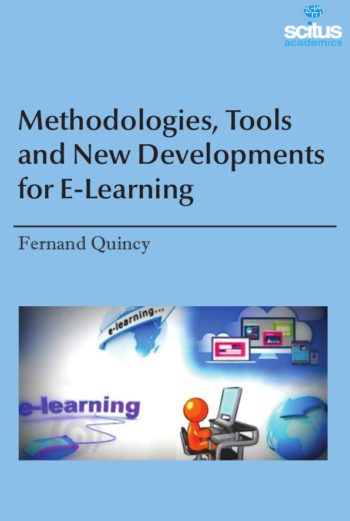The digital world is transitioning from text to media: photos, audio files, video clips, animations, games, and more. Digital Asset Management (DAM) is concerned to organize, categorize, search, retrieve and archive digital files, such as images, documents, and creative files, audio and video clips. Since DAM is a relatively new concept, certain technical and business issues need to be investigated. Today, DAM is an integral organizational component that companies must adopt if they are to compete in the marketplace. However, many companies find it difficult to implement technological strategies to meet the marketplace challenges of increased competition, increased customer demands, and the demands of Internet revolution. To exploit these items and convert them into a real asset, companies need to efficiently trace, retrieve, modify, enrich, organize and manage them.
Digital Asset Management integrates state of the art information on the technologies used to create digital assets as part of the DAMS infrastructure; a wide range of technologies can create standards-based digital content. It explores the purpose of digital asset management systems and why an organization might need one. The book talks about the concerns involved in selecting, staffing, and maintaining a DAM. With the exponential growth in the number of digital assets and media files, having an efficient system to manage them is paramount to maximize productivity. Being able to quickly find, distribute and share assets can save countless hours searching for files. The management of intellectual property rights will be a prerequisite for the widespread adoption of DAMS in higher education. The evolution of Digital Rights Management (DRM) frameworks is driven by the need to protect property rights and royalties, the protection of privacy and confidentiality, and the protection of asset integrity. This book will appeal to practitioners and researchers as well as professionals who need to know to effectively manage digital content and information.













